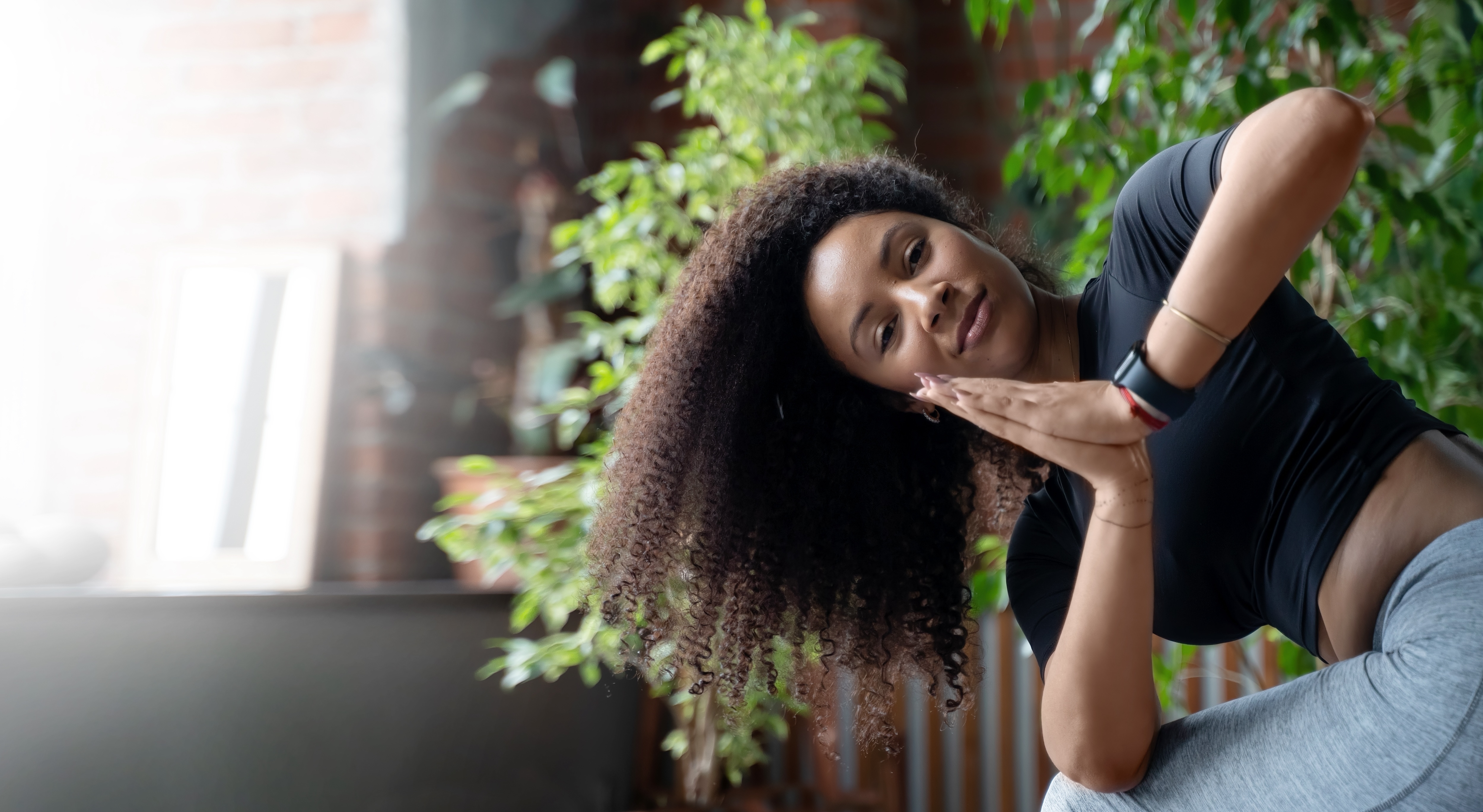Stop Hair Loss Now: Understanding Traction Alopecia
Do you frequently wear your hair in styles that require a lot of pulling and tension? If so, you may be at risk for traction alopecia. This type of hair loss is caused by the excessive strain that is placed on the hair follicles. In this article, we will discuss the causes and solutions for traction alopecia. We will also provide tips on how to prevent this condition from occurring. Are you a black woman experiencing hair loss? If so, it’s time to get an understanding of what’s causing this traumatic experience. Most often, traction alopecia is the culprit behind black women losing their hair – and while it may seem like an unavoidable reality of life, there are ways to stop it from continuing.
What is Traction Alopecia and Who Is Affected By It?
Traction alopecia is a kind of hair loss caused by pulling the hair too tightly. This type of hair loss is particularly common among black women, who often wear tight weaves and braids to protect their natural hair. The condition easily goes unnoticed since it happens over time as the constant pulling and tugging on the scalp damages the individual's hairs resulting in receding hairlines or bald spots. Unfortunately, while traction alopecia can be reversed in its early stages with proper care, it can also become permanent if neglected for too long. It is important for black women to understand that these traditional hairstyles can lead to this type of damage and to take action before it is too late.
{{blog-ad}}
Common Causes of Traction Alopecia
Hairstyles that pull tightly at the scalp, such as cornrows, buns, and ponytails are common causes. Chemicals in certain treatments and over-styling with heat can weaken the scalp's hold on hair strands. While it generally takes a prolonged period of exposure for traction alopecia to set in, continually wearing similar styles over long periods can raise your risk significantly. To prevent this type of hair loss, it’s important to take regular breaks from any style that puts excessive tension on your hair.
Signs and Symptoms to Look Out For
Knowing the signs and symptoms of an illness or condition can be essential to receiving prompt treatment. Early detection is often critical in achieving a positive outcome, which is why it is important to pay attention to any physical sensations that you experience with your scalp. The early signs of traction alopecia include itching, redness, tenderness or pain in the scalp, patches of hair loss along the hairline, and thinning of the affected area.
Prevention Strategies for Avoiding Hair Loss Due to Traction Alopecia
Fortunately, there are steps available to help reduce the risk of traction alopecia. For starters, avoiding excessively tight hairstyles is key in preventing this condition, so avoiding braids and ponytails that pull at the scalp should be avoided or only worn occasionally. Additionally, those with dry or brittle hair should use gentle products specifically designed for their hair type. Lastly, consider using a leave-in treatment to keep moisture locked into the hair and reduce breakage that can lead to traction alopecia and other forms if damage. By taking preventative measures now with styling habits, it could save from future frustration from relentless hair loss due to traction alopecia.
Effective Treatment Options for Those With Traction Alopecia
For those with traction alopecia, there are fortunately several effective treatment options that can be utilized to help reduce or stop the hair loss process. It is important to receive professional medical advice and assessment so that the optimal plan of action can be established. Different people will react differently to certain treatments, so it is key to start with a consultation that accounts for personal history and other factors that may provide insight into how a particular individual will respond. Popular remedies include topical solutions, lifestyle changes (such as cutting back on hot styling tools or tight hairstyles), and drugs (which may require a prescription from a doctor). Surgical procedures, if deemed necessary and desired by the person, can also help reduce the signs of trauma from traction alopecia. With many treatments available today, individuals affected by this condition have hope for growing healthy hair again.
{{blog-ad}}
How to Support Someone Experiencing Hair Loss Due To Traction Alopecia
Supporting someone who is experiencing hair loss due to traction alopecia can be an intimidating and seemingly daunting process. However, it is important to remember that simple acts of kindness and empathy can go a long way toward helping them feel supported and accepted. Small gestures, such as giving a listening ear or providing emotional comfort, are just as important as finding tangible solutions to mitigate the damage caused by this kind of hair loss. Additionally, educating oneself on hair loss before trying to support the person affected can provide a more nuanced understanding of their needs. Ultimately, supporting someone with traction alopecia is about creating an open environment for communication and dialogue so that they don't feel alone or unheard in what can be a very difficult experience.
Traction alopecia is a hair loss condition that affects people of all ages and genders, but it can be avoided with healthy hair care practices. It is important to pay attention to changes in your hair and scalp, and take action if they point toward traction alopecia. Professional treatment can be combined with home remedies and lifestyle changes to potentially reverse your hair loss, but prevention is the best option. Above all else, those who are dealing with traction alopecia require understanding and support from friends, family, partners, and other significant people in their lives. By educating ourselves on the causes of traction alopecia as well as potential treatment options and by offering compassionate support to those facing this condition, we can work towards sharing knowledge and improving the well-being of others.







